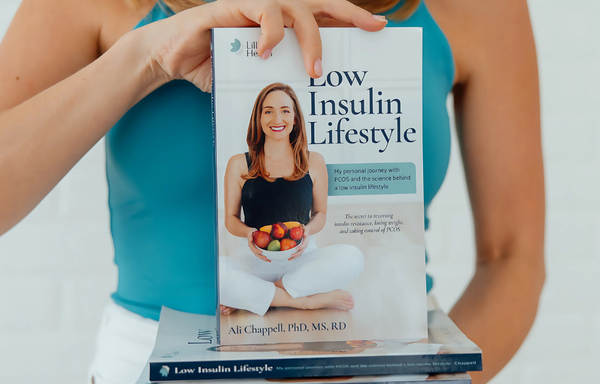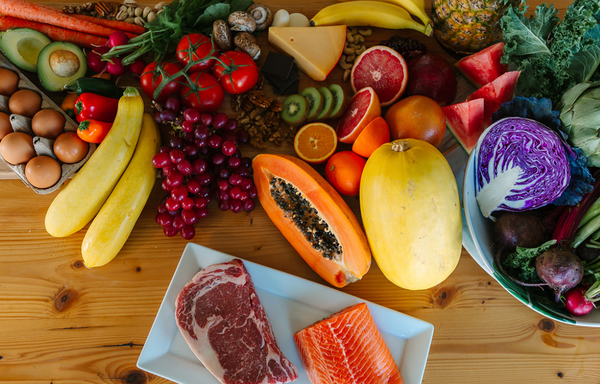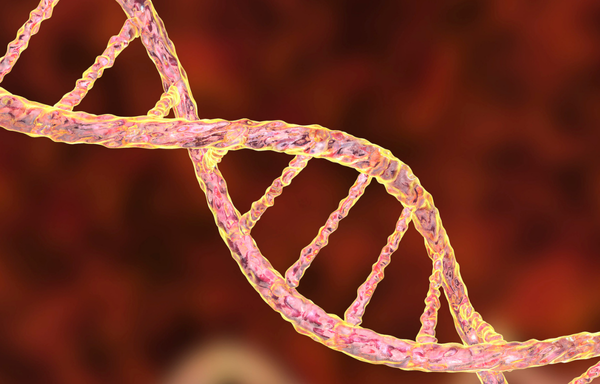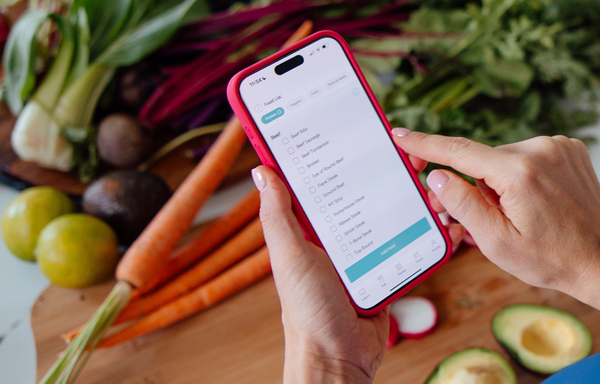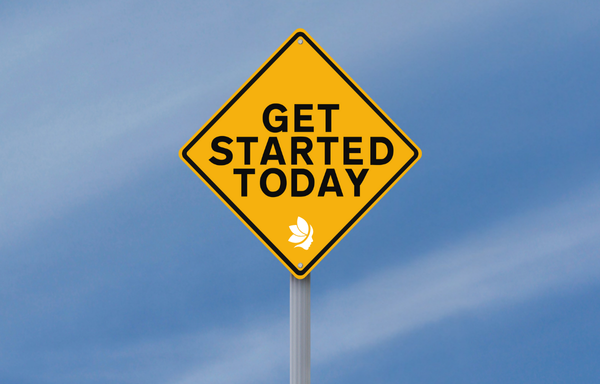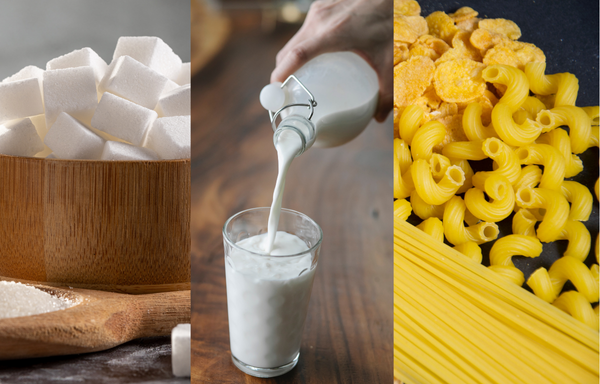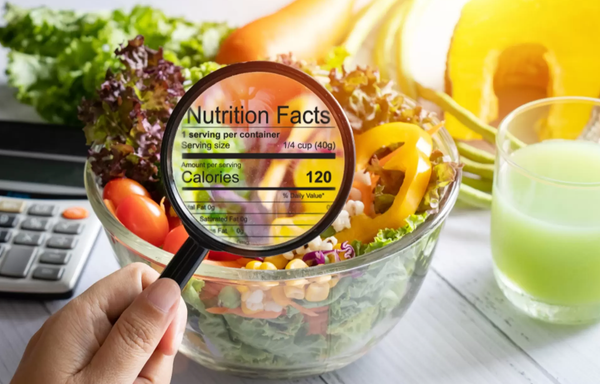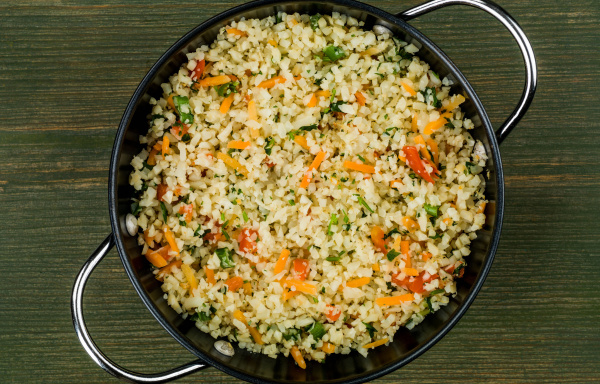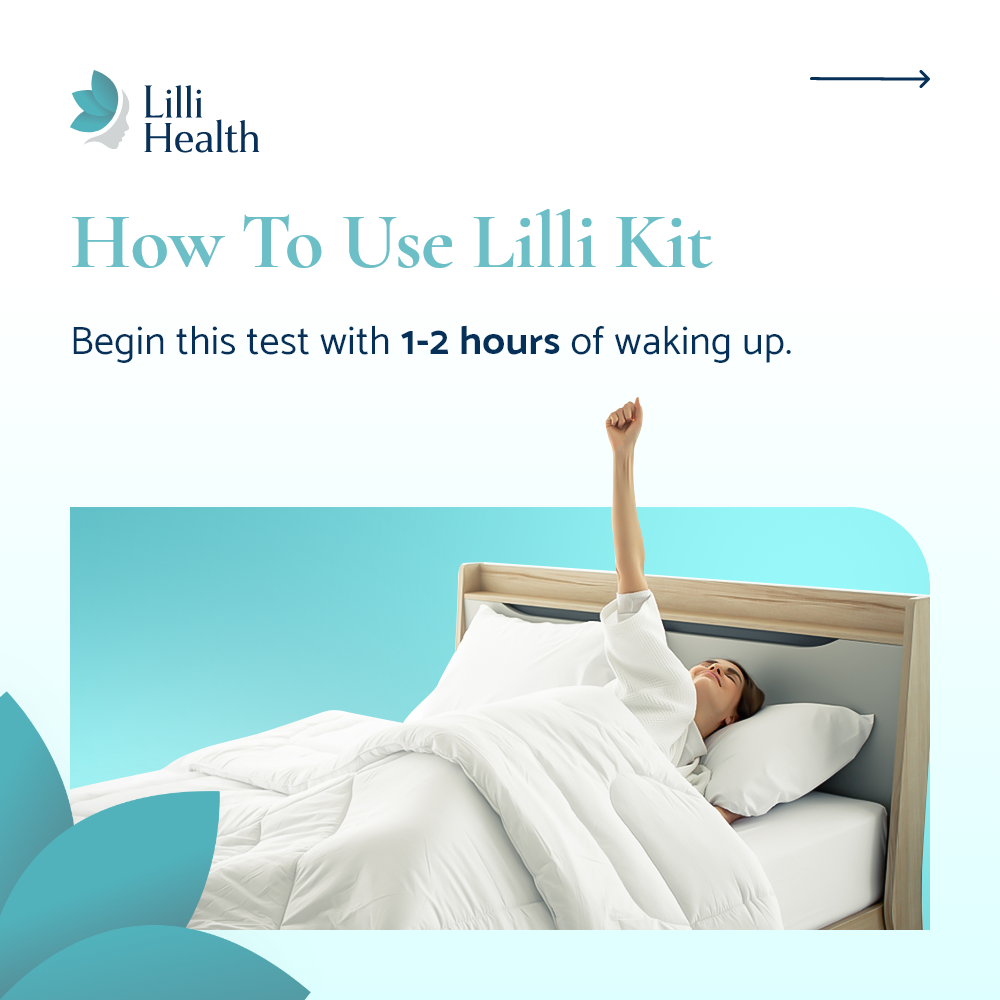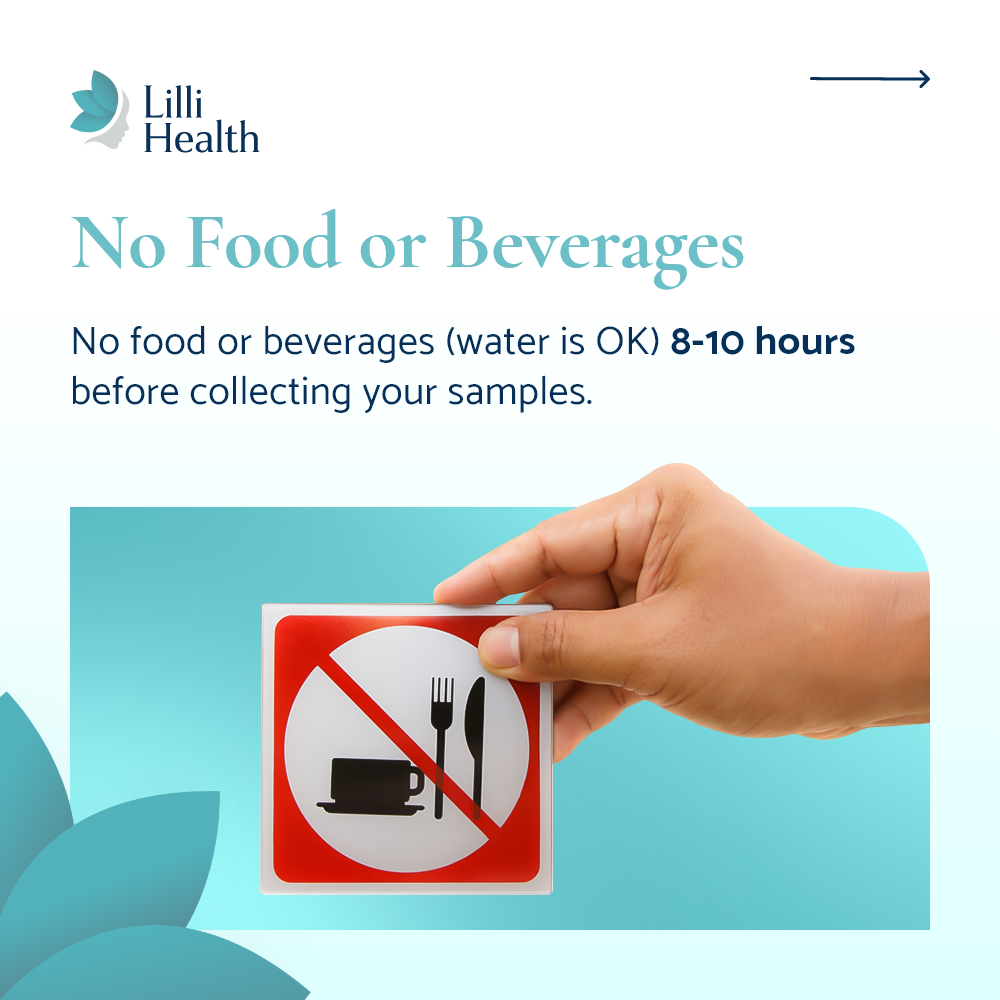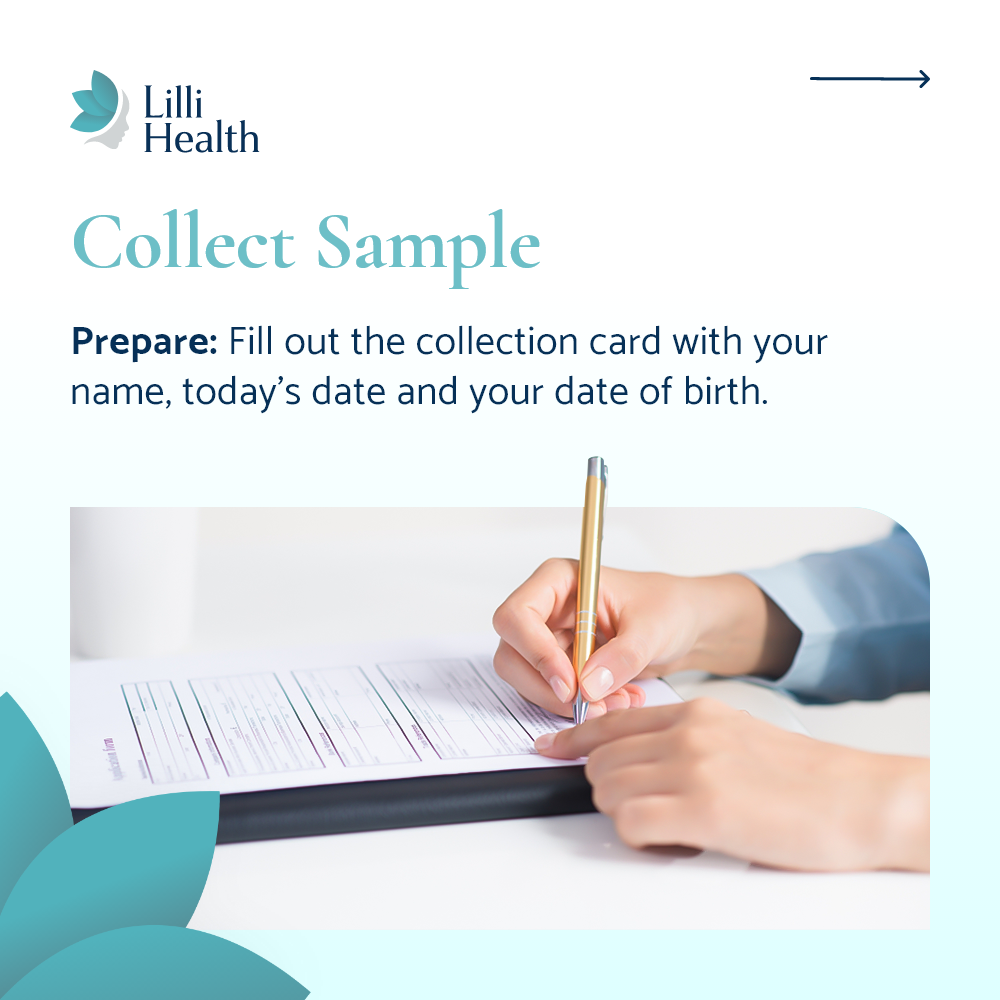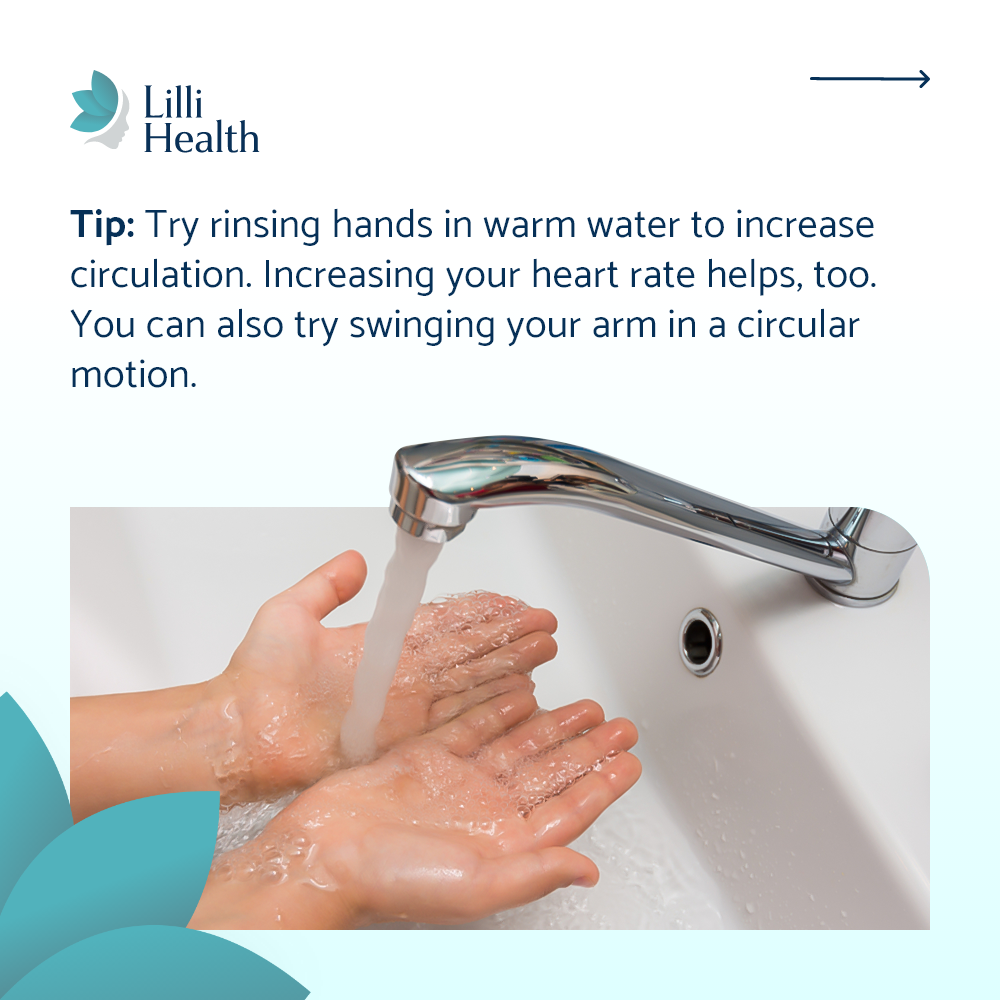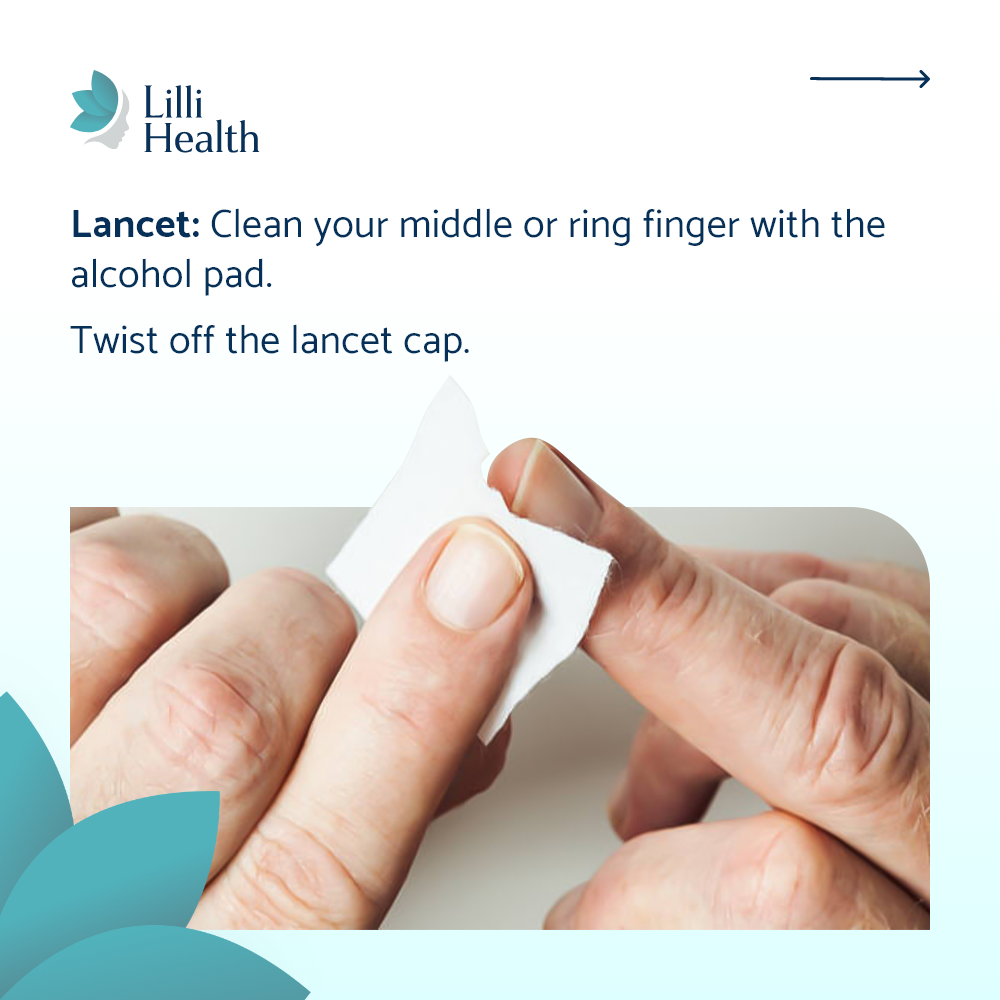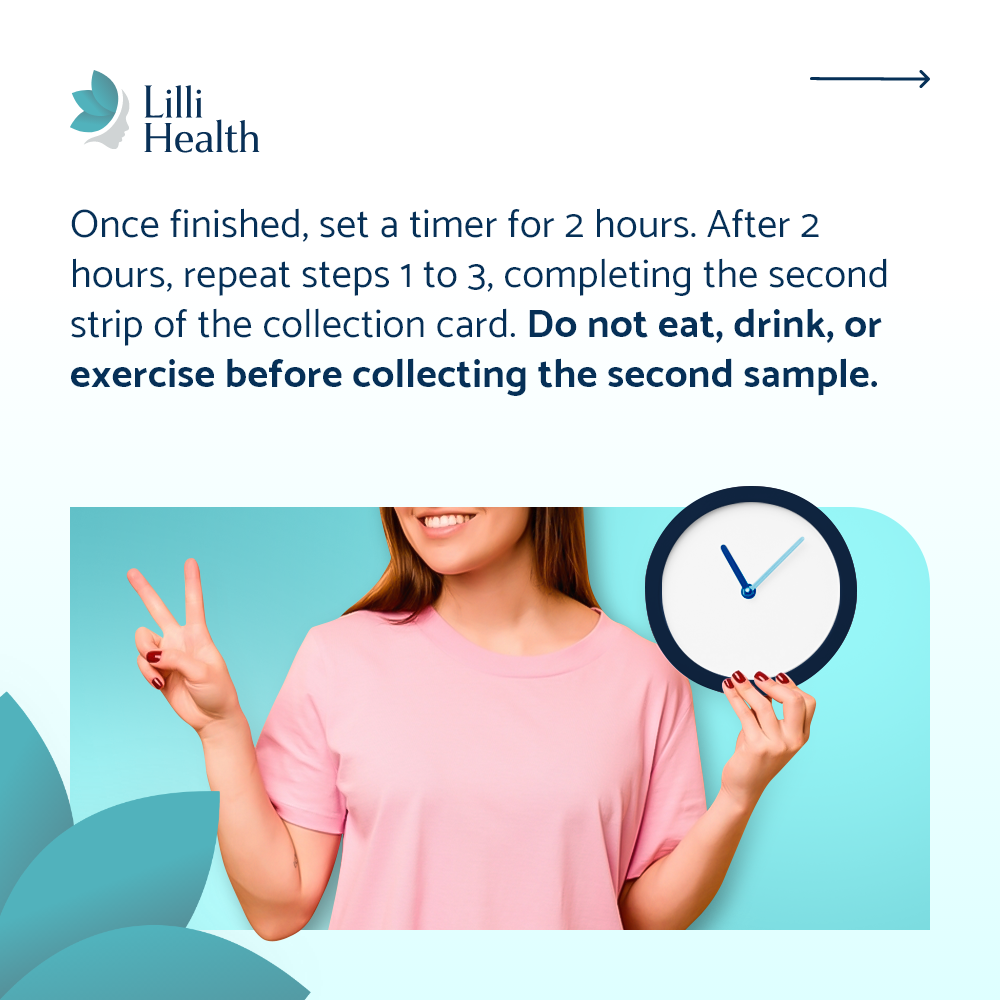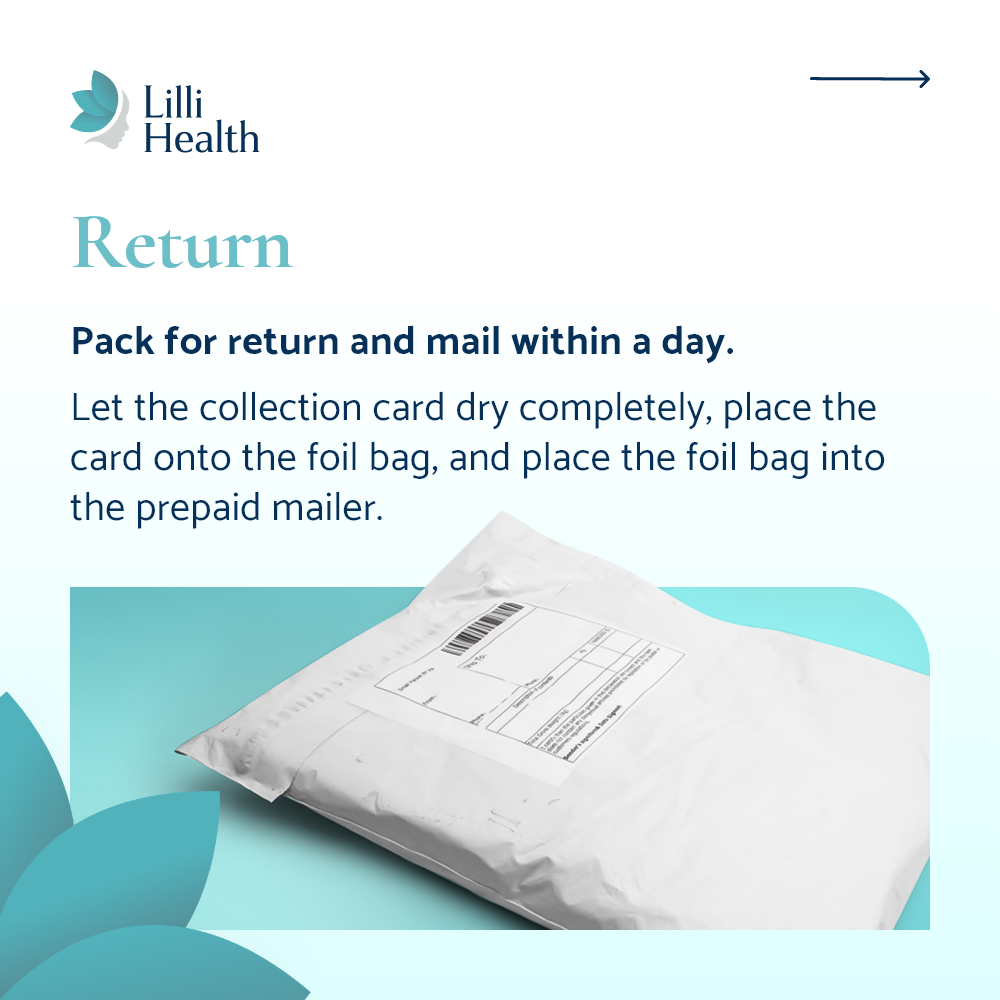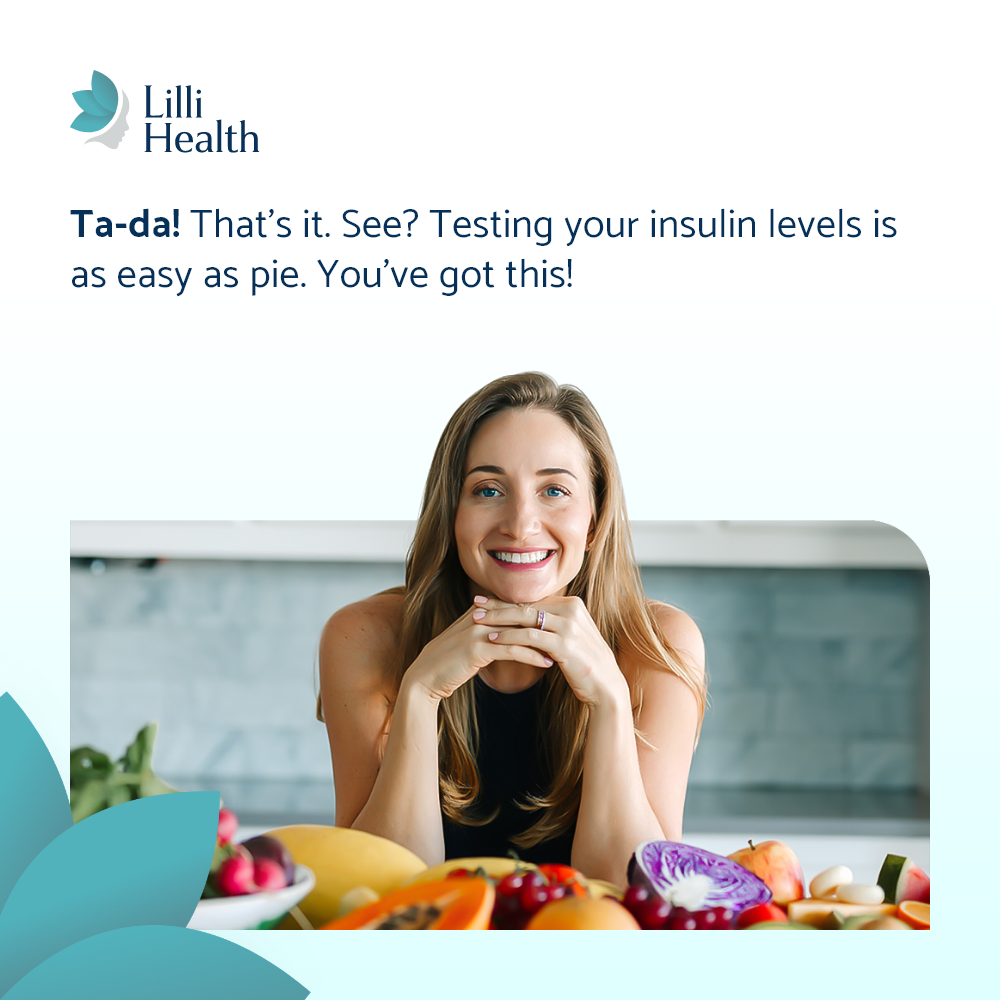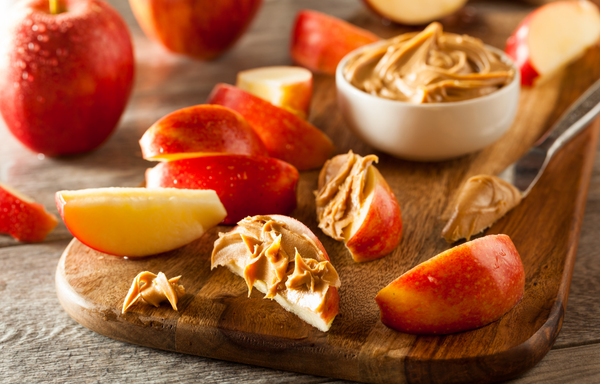

Snacking on a Low Insulin Lifestyle: Do You Really Need It?
For years, we were told to eat small meals and snacks throughout the day to “boost metabolism.” But the problem with that advice? Every time you eat, you release insulin. Keeping insulin elevated all day makes it harder for your body to burn fat and clear excess insulin from your bloodstream.
Snacks aren’t bad—but they aren’t required either. As long as you’re eating insulin-friendly snacks, it’s ok, but your body doesn’t need constant fuel if you’re eating the right meals. That’s what your stored body fat is supposed to be used for. Once you fully adjust to this lifestyle, you’ll likely find that you don’t need to snack at all because you’ll feel satisfied between meals.
––––––––––
When Should You Snack?
You should always eat when you’re hungry, but stop thinking of snacks as something you “must” have. Instead, listen to your hunger cues. If you find yourself getting hungry between meals, it may mean:
- You didn’t eat enough at your last meal – Make sure your meals are filling and include plenty of protein, fiber, and healthy fats.
- You’re still adapting to lower insulin levels – It takes time for your body to adjust, so give yourself grace.
- Your body needs extra fuel that day – Some days, you may need more food, and that’s okay. Did you do a hard workout? Get enough sleep?
If you do need a snack, make it count.
––––––––––
Best Snack Options
Snacks should be real food, not processed junk that keeps your insulin high. Stick to options that naturally support your metabolism:
- Nuts & Seeds – Almonds, walnuts, pistachios, pumpkin seeds, and macadamia nuts are all great options.
- Cheese – Full-fat aged cheese in moderation is a good, filling snack (not laughing cow cheese or cottage cheese).
- Hard-Boiled Eggs – Packed with protein and easy to grab on the go.
- Raw Veggies like carrot sticks, cucumber slices, bell peppers, and celery make for an easy, refreshing snack—especially when paired with a dip like hummus or guacamole. A quick note on hummus: While it’s made from garbanzo beans, a starchy bean, traditional hummus is more of a fat than a starch due to its high content of olive oil and tahini. When made the right way, the starch content is fairly minimal, making it a great insulin friendly option.
- Fruit – An apple with almond butter is always a great option.
- Avocado – Sliced in half and topped with a sprinkle of salt. My favorite!
If you must have a protein bar, make sure to read the labels carefully—many are just glorified candy bars with artificial sweeteners, fillers, and tons of whey protein. Real food is always better.
In reality, if you’re eating whole food proteins at all of your meals, you should be getting plenty of protein throughout the day. A snack doesn’t always need to be protein-heavy. It’s okay if your snack is just a piece of fruit or a handful of nuts.
You don’t always need more protein—you’re more than likely getting plenty. Focus on whole, nourishing foods instead of relying on processed bars and powders to fill in the gaps.
––––––––––
Final Thoughts on Snacking
Once your body adapts to using fat for fuel, you’ll likely stop snacking altogether simply because you won’t feel the need. But if you do snack, choose foods that support your goals rather than work against them.
